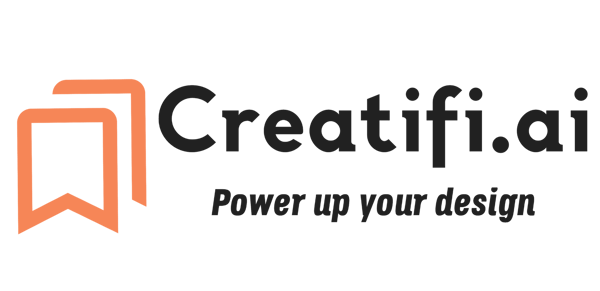Innovating in a Crowded Market
Discover how businesses can identify unmet needs in a crowded market through strategic market research. Learn how qualitative and quantitative insights drive innovation, differentiation, and successful positioning.


In today's fast-paced business environment, entering a crowded market and achieving differentiation can seem daunting. Yet, with the right approach to market research, businesses can uncover unmet needs and identify gaps that provide unique opportunities for innovation. This process involves a strategic blend of identifying these needs, employing robust methodologies and tools to gather insights, and leveraging findings to drive product innovation and positioning.
Identifying Unmet Needs in a Saturated Market
The first step in distinguishing your offering in a crowded market is to identify unmet needs or pain points that competitors have overlooked. This requires a deep dive into the target market to understand the consumer behavior, preferences, and frustrations. Engaging directly with potential customers through surveys, interviews, and focus groups can reveal insights into their needs and experiences with current products or services. Analyzing customer feedback on social media and review platforms also provides valuable data on areas where existing solutions fall short.
Methodology and Tools Used to Uncover the Opportunity
To effectively uncover opportunities in a saturated market, businesses must employ a strategic approach to market research. This involves both qualitative and quantitative research methods:
Qualitative Research
Interviews and Focus Groups: Direct conversations with potential users can uncover detailed insights into their needs and experiences.
Ethnographic Research: Observing potential customers in their natural environment can reveal how they use products and the challenges they face.
Quantitative Research
Surveys: Broad surveys can quantify the prevalence of certain needs or dissatisfaction among a larger audience.
Market Analysis Tools: Platforms like Google Trends, SEMrush, and social media analytics tools can help identify search trends and topics of interest indicating market demands.
Combining these methodologies provides a comprehensive understanding of the market and highlights specific gaps that new products or services can fill.
Leveraging Findings for Product Innovation and Positioning
The insights gathered from market research must be translated into actionable strategies for product development and market positioning. Here's how findings can influence innovation:
Innovation Based on Unmet Needs
Utilizing the detailed insights on unmet needs, companies can innovate by designing features or services that directly address those gaps. This could mean enhancing usability, introducing novel functionalities, or offering superior customer experiences.
Strategic Positioning
Understanding the market allows businesses to position their products in a way that highlights their unique value propositions. The key is to communicate how the new product or service solves problems more effectively than existing solutions.
Tailored Marketing Strategies
Insights into the target audience’s preferences and pain points enable companies to craft marketing messages that resonate deeply with potential customers, emphasizing the benefits and solutions that the new offering provides.
Continuous Feedback Loop
Innovating in a crowded market is not a one-time effort but requires ongoing adaptation and improvement. Establishing a continuous feedback loop with early adopters can provide real-time insights to refine and adjust the product based on actual user experiences.
Conclusion
Finding a gap in a crowded market is a challenging yet achievable goal. Through meticulous market research, businesses can identify unmet needs that offer a window of opportunity for innovation. By combining both qualitative and quantitative research methodologies and employing the right tools, companies can gather the necessary insights to guide product development and strategic positioning. Ultimately, the key to success lies in understanding the customer deeply and leveraging this understanding to innovate and differentiate in a way that meets their needs and surpasses their expectations.
